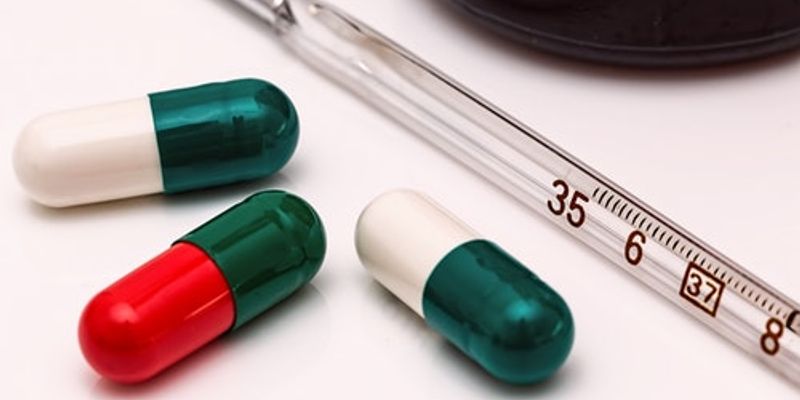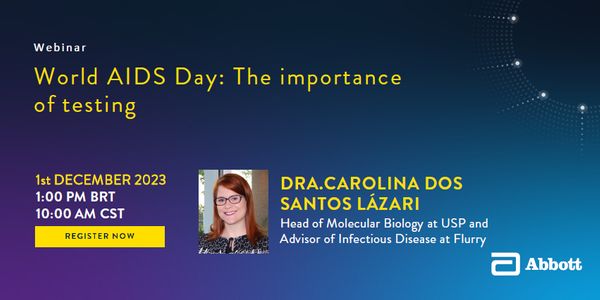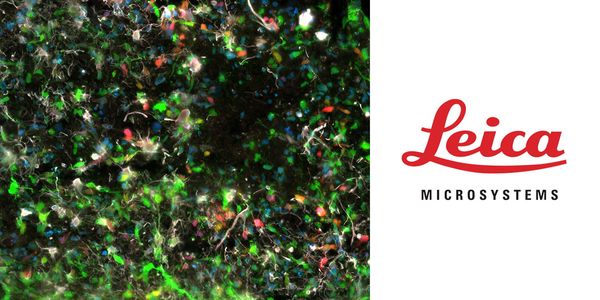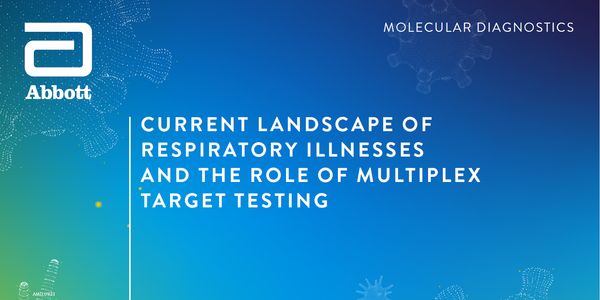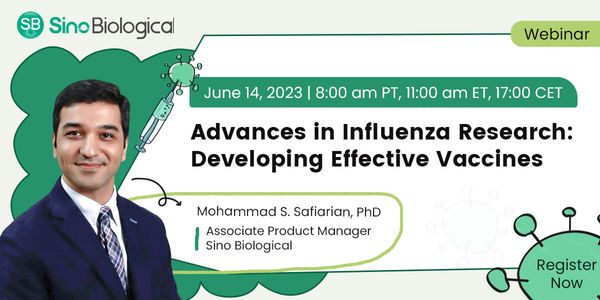Virus
Virus: is a biological agent that reproduces inside the cells of living hosts. When infected, a host cell produces thousands of identical copies of the original virus at an extraordinary rate.
-
Gene therapy has revolutionized the field of medicine, and it has the potential to cure a wide variety of genetic disorders. Gene therapy involves the introduction of a functional gene into...Speaker: Roumen Bogoev, MSc
MAR 20, 2024 | 8:00 AM
Luminex and Thermo Fisher Scientific are excited to feature two presentations highlighting the advanced features of the Invitrogen™ Luminex® xMAP® INTELLIFLEX™ DR-SE inst...
Speaker:
Sherry Dunbar, Ph.D., MBA
, Sigrun Badrnya, Ph.D.
Sponsored By: Thermo Fisher Scientific
JAN 24, 2024 | 9:00 AM
The downstream processing of virus particles, vesicles, RNAs, plasmids and other forms of DNA, contains multiple interdependent steps, each requiring optimization for best results. This webi...
Most FDA-approved therapeutic drugs target transmembrane proteins, yet the development of monoclonal antibodies for multi-transmembrane protein targets has been limited. Despite the abundanc...
DEC 01, 2023 | 8:00 AM
According to the most recent data from UNAIDS, in 2022, there were around 39 million people living with HIV worldwide. Of these, 5.5 million people were unaware of their diagnosis in 2021. M...
NOV 08, 2023 | 8:00 AM
AAVs and LNPs are complementary gene transfer systems with respect to immunogenicity, tissue tropism and types of nucleic acids, which can be delivered. AUC provides a wealth of orthogonal a...
This talk will provide an overview of our work in the design of self-assembled, functionalised peptide and protein nanoparticles, hydrogels and bio-interfaces for applications in healthcare....
Coronavirus Disease 2019 (COVID-19) has driven the use of nucleic acid testing technology in clinical testing. There is a growing need for point-of-care testing (POCT)......
OCT 31, 2023 | 9:00 AM
Gene therapy holds potential for treating neurological diseases by delivering genetic information into specific cell types. However, selective and efficient targeting of cell types remains c...
Transmembrane proteins play a critical role in signal transduction, cell adhesion, nutrient uptake, and immune response modulation....
Speaker:
Fang-Yi Chu, PhD
Presented at: Cancer Research & Immuno-Oncology Week Virtual Event Series 2023
Sponsored By: Sino Biological
Sponsored By: Sino Biological
SEP 26, 2023 | 8:00 AM
Join us for an educational webinar that delves into the fascinating world of Extracellular Vesicles (EVs) and their impact on biomedical research and medicine. In collaboration with ExoVecto...
Speaker:
Roland Leathers, PhD
, Jeroen de Vrij, PhD
Sponsored By: Thermo Fisher Scientific/Gibco
SEP 20, 2023 | 9:00 AM
Adeno-associated virus (AAV) are increasingly produced as they hold tremendous potential in gene therapy. At research level, small quantities are produced for proof of concept studies. Howev...
Speaker:
Dr. Marie-Eve Paquet
, Dr. Shuo Zhao
, Dr Alina Venereo Sanchez
Sponsored By: Affinité Instruments
SEP 14, 2023 | 8:30 PM
Wastewater-based surveillance is valuable as it allows for the detection of pathogens before symptomatic cases are identified. In Korea, wastewater surveillance has been implemented, and the...
Prompt and early diagnosis of sexually transmitted infections (STIs) is important to enable appropriate treatment and help prevent further transmission....
Speaker:
Barbara Van Der Pol, PhD, M.P.H.
, Bina Shanbhag
, Sangita Parikh
Human respiratory syncytial virus (RSV) remains a significant public health concern, particularly for vulnerable populations such as infants, young children, and immunocompromised individua...
Speaker:
Mohammad S. Safiarian, PhD
Emerging viruses like SARS, SARS-CoV-2, MERS-CoV, Hendra, Nipah, West Nile, sin nombre, LuJo, MERS, Powassan, dengue, chikungunya, zika, Ebola, and Marburg pose a growing threat to public he...
